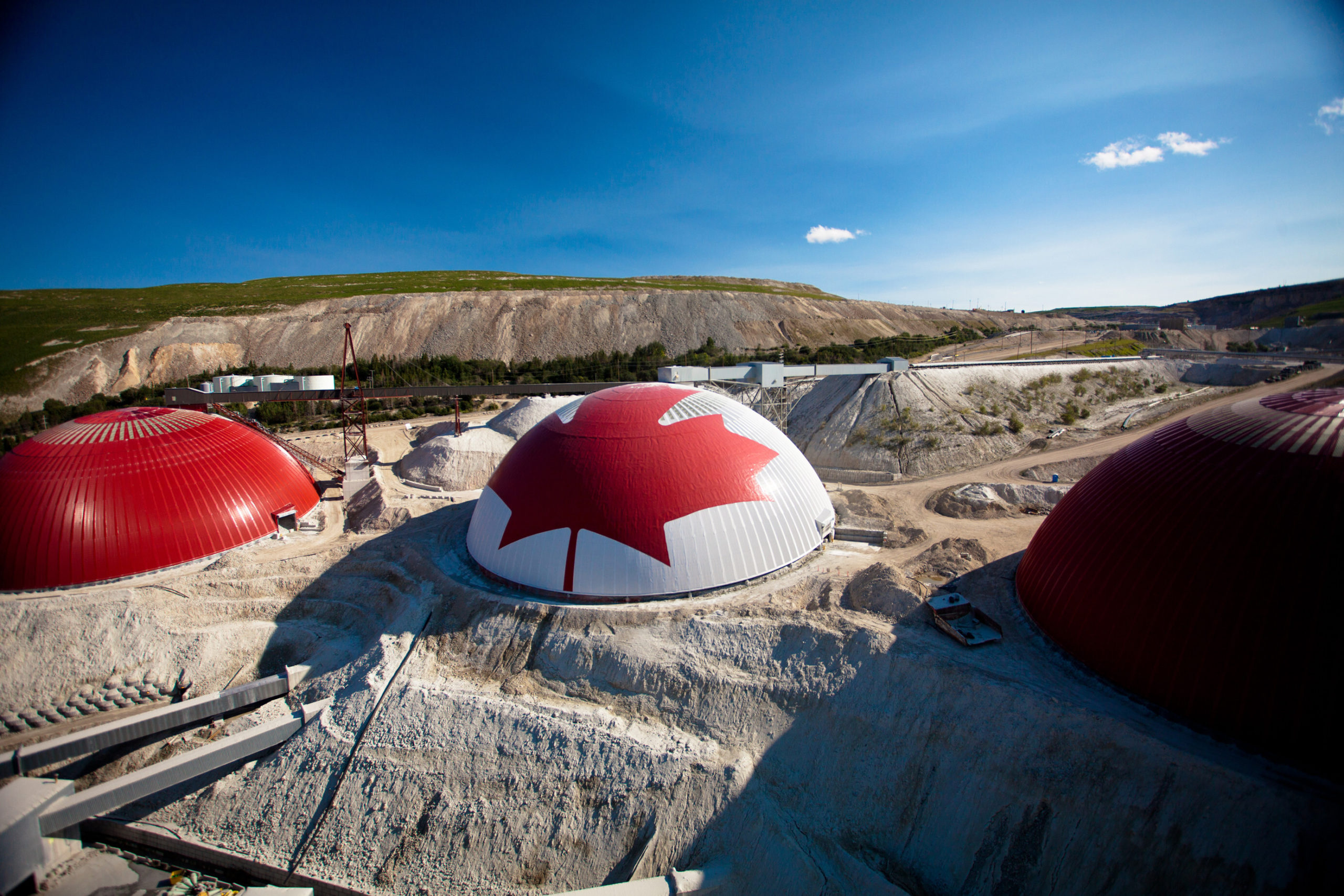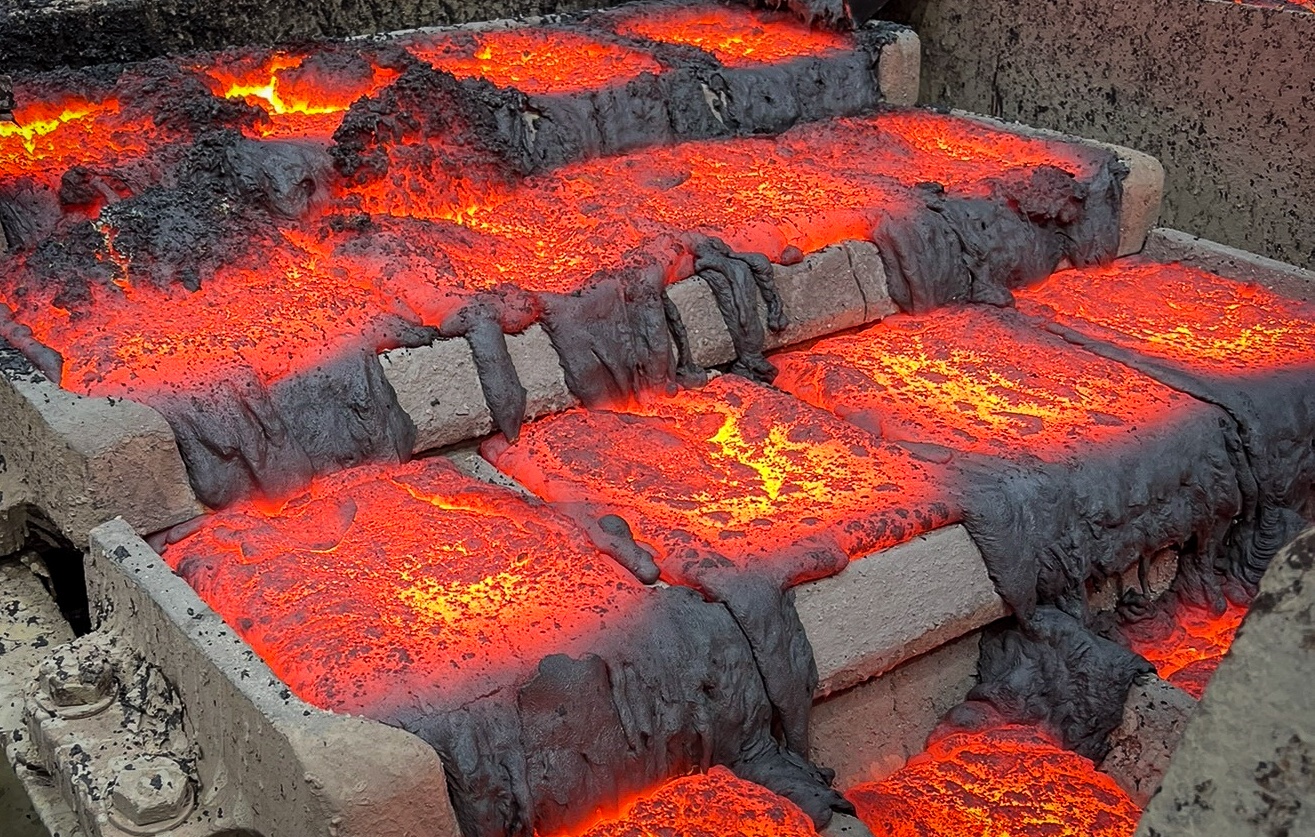“I provided evidence that childhood exposure to cobalt mining in a context of low enforcement of child labor regulations leads to lower educational attainment later in life,” the study’s author, Maurizio Malpede, said in a media statement. “I contributed to the literature by showing that the natural geographic presence of deposits of cobalt along with the labor tasks specifically requiring the use of children is associated with a higher probability of those children being employed outside their domestic environment and a lower probability of being in school.”
To reach these conclusions, Malpede – who works at Bocconi University’s GREEN research center – combined available data from demographic and health surveys with the precise locations in which cobalt is mined, with a specific focus on the 2007 cobalt boom and subsequent years.
“In a cobalt mine, children are not sent underground to search for the mineral. Instead, they are mainly sorters, surface workers, and cleaners. Children are chosen to perform these relatively not dangerous tasks because of their small hands, which are required to wash the tiny cobalt matter from the dust,” the researcher explained.
An Amnesty International report mentions that roughly, 40,000 young boys and girls were working in copper and especially cobalt mine sites in the southern DRC in 2014. The number, however, is expected to have grown as the production of electric cars expanded worldwide.
Malpede’s findings also show that although the illegal use of children in cobalt mines affects all children between 6 and 14 years old, it slightly impacts more boys than girls. He also presents the idea that children living in cobalt-mining villages, even if they don’t work directly at the mines, are more likely to be employed outside their households and less likely to be in school.
Kids exposed to cobalt mining were also found to be 29% more likely to show difficulties in concentrating, 10% more likely to have difficulties in walking, and 20% more likely to have difficulties in understanding oral commands compared to their peers living in non-cobalt-rich communities.
“More effective child labor regulations can prevent parents from sending their children to work in cobalt mines,” Malpede said and noted that, in addition to poor education outcomes, it is important to keep in mind that the abundance of a high-demand metal or mineral might increase violence in the surrounding areas.
“As a result, the outbreak of conflicts might lead to lower schooling and a higher probability of children working, independently of the child labor channel,” he said.
The DRC is known for its cobalt mining — about 70% of the world’s cobalt is mined there and between 15-30% of the metal comes from informal, or artisanal mines. The trade has been previously linked to violence, substance abuse and food-water insecurity.




